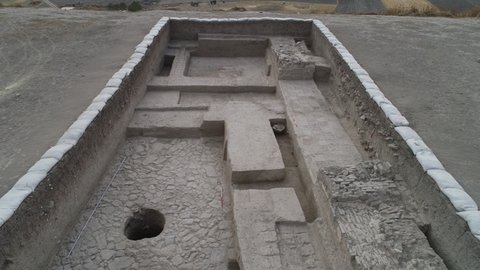Isfahan (IMNA) - "Remains of a cuneiform script and a cylinder stamp engraved with written characters are the most important archaeological discoveries at the ancient hill of Khaibar," Head of the International Joint Center for Archeological Exploration at Razi University of Kermanshah and the University of Copenhagen said.
"New discoveries indicate that the history of human civilization in this region dates back to more than three thousand years ago and people who lived here were able to read and write," he continued.
“They used the cuneiform to convey their messages. The oldest discoveries on this historical zone dates back to the fifth millennium BC. However, the latest findings of the exploratoration team belong to the Parthian period (slightly more than two thousand years ago). If we continue further explorations, more artefacts could be discovered in the lower layers,” said Beigi.
"The vegetation of the region is being investigated by some botanists and the archaeological teams are trying to find more about the living conditions of the inhabitants of this area," the Iranian scientist said.
According to Beigi, the continuation of explorations could allow archeologists to discover more artefacts and inscriptions dating back to the 2nd and 1st millennium BC. In October, for the first time in Iran, a milk tooth belonging to a six-year old Neanderthal kid was found in the mountains of the western province of Kermanshah.
The tooth is among the rare Neanderthal milk tooth to be found in the world.
Source: IFP


Your Comment